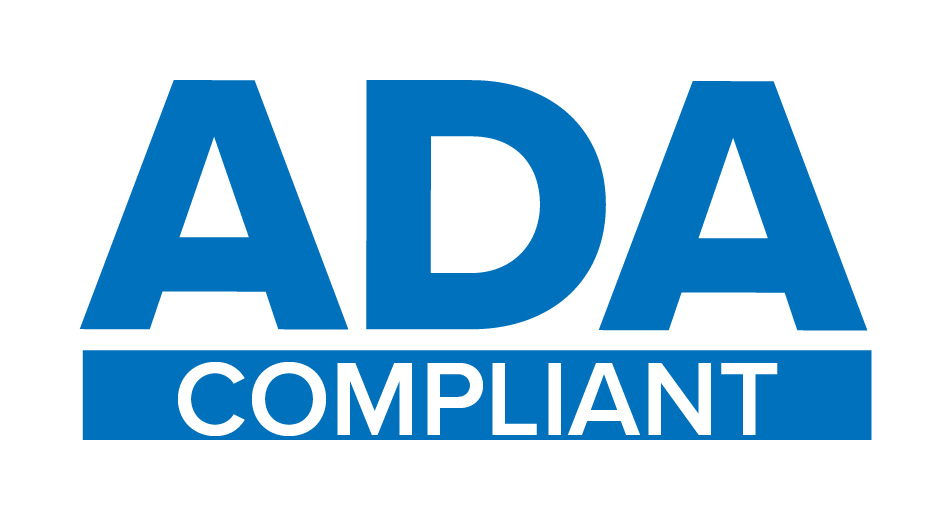Lifestyle, Newsletter
December 1, 2022
’Tis the season to be stressed
With the holiday season in full swing, health officials from the Sequoyah County Health Department want anyone who may be dealing with mental health issues to know about the mental health lifeline “988.”

